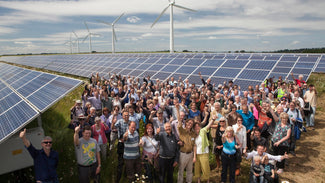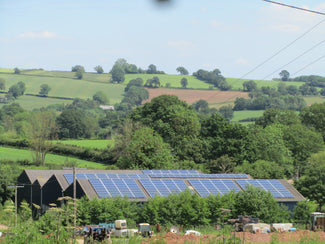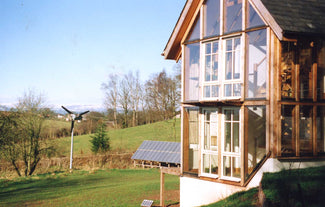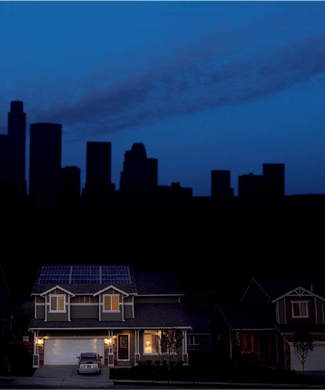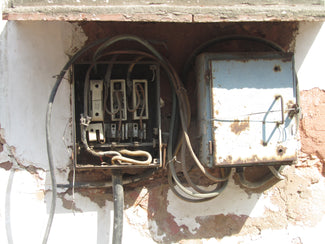Your Own Power Station
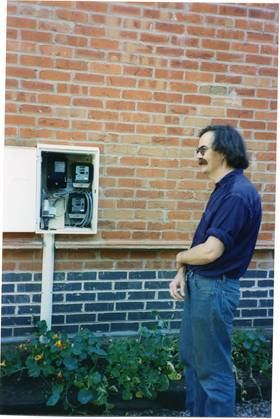
Instead of simply being consumers of electricity, ordinary domestic properties, offices and workshops can now generate their own power on-site to reduce both their electricity bills and their impact on the environment.
The sun is the source of all renewable energy and can be used directly as heat or electricity; or indirectly as biomass, hydro-electricity or wind energy. By harnessing renewable energy sources other resources can be conserved. The combustion of fossil fuels with it’s release of carbon dioxide and danger of climate change can be reduced; and the risks of nuclear energy avoided.
Sufficient renewable resources must be available at a given site to make the use of wind or solar systems feasible. Once installed a wind or solar system will supply electricity cleanly and quietly; year in; year out; - providing an investment in the future.
Operation is fully automatic - when the sun comes out or wind blows they produce power. When the sun goes down, wind stops or there is a power cut the systems shut off.
System operation can be kept track of by periodically reading energy output meters or remote monitoring can be included.


Grid Connect Systems

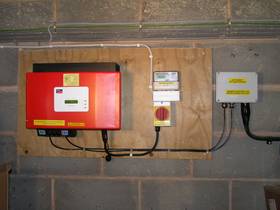
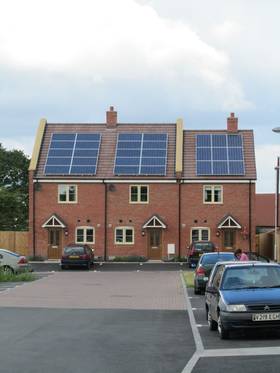
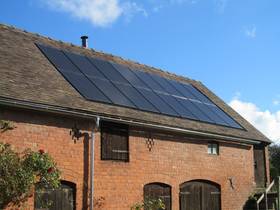
These allow a wind turbine or photovoltaic (PV) array to be used in synchronised connection with a grid supply. No battery store is required. Power generated is first used by the house loads and any surplus exported to the grid. In times of low wind, at night or when power consumption exceeds power generated, power is imported from the grid as normal. All power flows are ‘seamless’ from the point of view of the user.
The PV array or wind turbine are connected to the grid supply by means of inverters which automatically adjust PV array or wind turbine loading to provide maximum efficiency and energy production.
Turning the Meter Backwards
Power generated is first used within the property to reduce electricity consumption and any surplus is exported to the grid. Over a period it is possible for a property to achieve numerical electricity autonomy if energy generated equals that which is consumed, with the grid effectively acting as an ‘energy store’
In addition to the normal Import kWh meter which measures electricity consumed an Export kWh meter is sometimes required to measure the surplus and a Generation kWh meter enables electricity generated to be measured. Often the lower price paid for electricity sold compared to electricity bought makes it advantageous to make best use of all power generated, for example by using electricity during periods of high generation.
Alternatively, battery storage can be included to allow surplus energy produced in the daytime to be stored for night-time use improving 'self-consumption'. Some systems can enable power to be available during power cuts, - either to certain appliances or for the whole property.
Connection of a Wind/PV electrical system to the grid must have local electricity company approval and approved equipment, installation methods and protection must be used.








Solar Systems
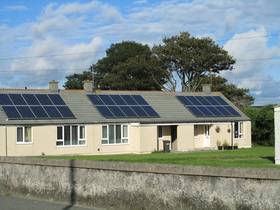
Solar systems generate electricity in proportion to the amount of sunlight received, so unshaded, preferably south facing areas are best. The roofs of many houses being ideal! As a guide, 1kWp of well sited grid connected PV array in the UK will produce approx. 700-800 kWh of electricity per year and can be achieved using an array area of about 8 square metres.
A 3.5kWp system covering 20 sq. m can supply approximately 2800 kWh of electricity - more than half of the average annual electricity consumption for a household of four.
All generation is during hours of daylight and most in summer, least in winter. Best use is obtained when electricity consumption runs in parallel to electricity generation. Eg. Appliances such as washing machines or dishwashers, which do not have to operate at a certain time can be operated when the solar system is supplying plenty of power.


Wind Systems
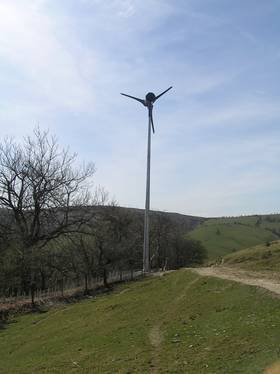
For properties with good wind sites (See: Siting A Wind Turbine) these systems are the ideal way to reduce electricity demand. Maximum generation is usually over winter months when demand is highest and power can be produced 24hrs per day. For example, a 2.5kW Wind turbine can produce between 2,500 - 5,000 kWh of electricity on an ideal site with 5 m/s average annual wind speed.
In contrast to solar electric systems, heating can be an appropriate load for the larger grid-connected wind systems.


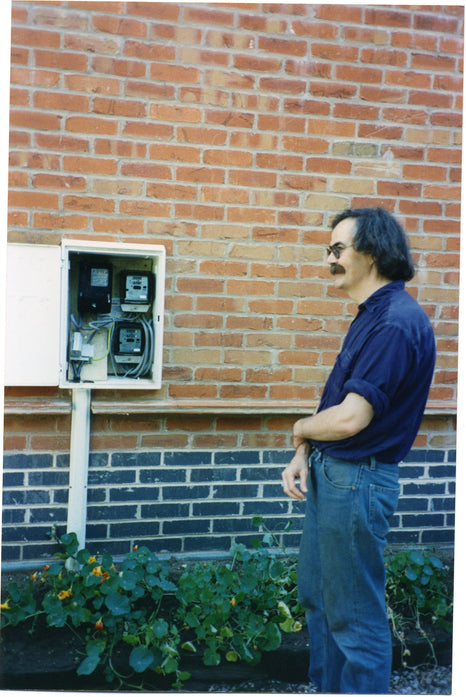
Grid Connect System
A grid connect system can have any type of generation whether it be solar PV, wind or hydro. This then...
Read more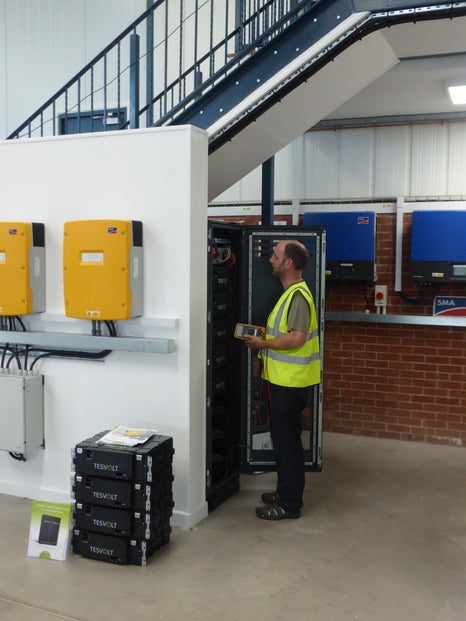
Grid Connect System with Battery Storage
A large portion of the energy generated by a typical PV system will be exported to the grid and there...
Read more